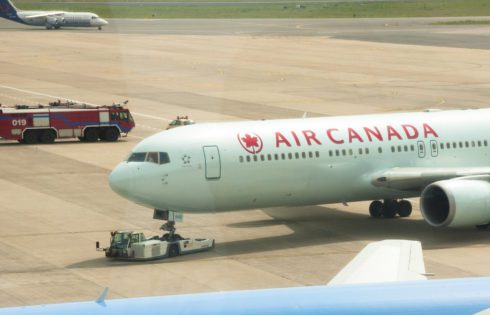
Air Canada Unaccompanied Minor Policy: Pretty Great, Eh? [2025]
Are you trying to figure out exactly what the rules are for Air Canada’s unaccompanied minor policy? Don’t want to find yourself in a kerfuffle? Below, we’ll break down the

Are you trying to figure out exactly what the rules are for Air Canada’s unaccompanied minor policy? Don’t want to find yourself in a kerfuffle? Below, we’ll break down the
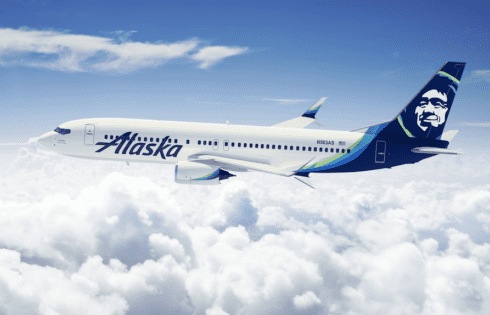
Unaccompanied minor policies can be a little bit tricky because each airline has their own unique policies and the prices and age limits can sometimes be drastically different. In this
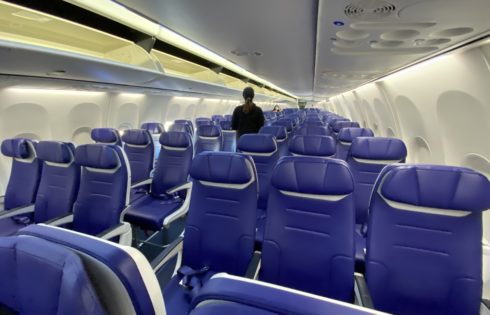
Are you trying to figure out what passengers qualify for preboarding and how the whole process works? In this article, we rounded up the policies for different US airlines and
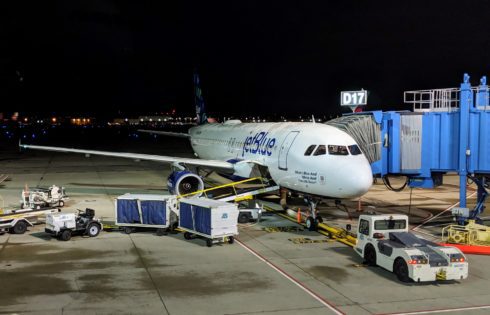
The JetBlue unaccompanied minor policy is pretty standard but there are some importance differences compared to some of the major airlines like Delta, American, etc. So you’ll definitely want to
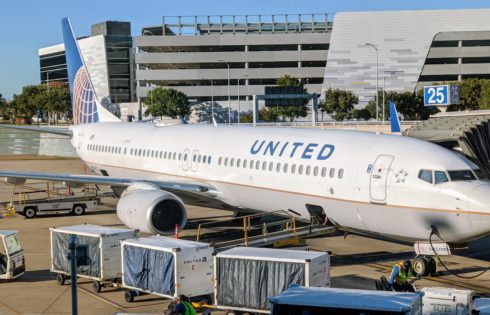
United Airlines unaccompanied minor policy is standard, but it does have differences compared to JetBlue and Southwest. So, you’ll want to compare and contrast this program with other programs for

When you think of standout dining destinations, Southeast Idaho probably isn’t the first place that comes to mind. But during a recent trip through towns like Soda Springs, Pocatello, and
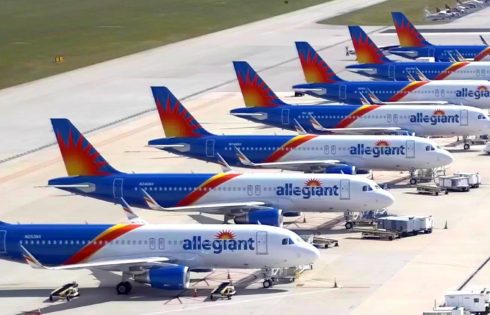
With ticket prices being as low as they are today, baggage fees and allowances are more of a reality. Allegiant Air is like any other budget carrier and charges each
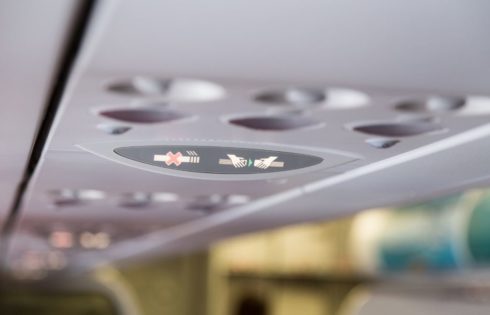
I love almost everything about flying except for a few things. One of these is dealing with stressful bathroom situations that arise when you need to go but the fasten

Lots of people rely on brass knuckles (or knuckle dusters) for self-defense and like to carry them around when traveling for extra security. But can you bring brass knuckles on
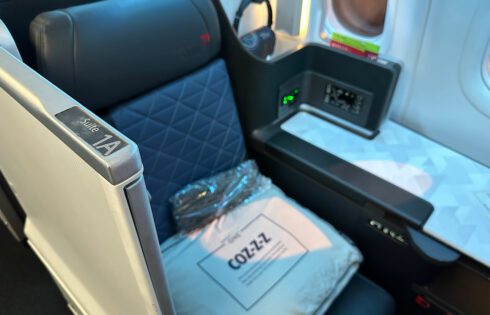
Delta made a lot of noise whenever it introduced an all-suite business class more than half a decade ago. Since then, more business class products have introduced fully enclosed suites
| Cookie | Duration | Description |
|---|---|---|
| cookielawinfo-checkbox-analytics | 11 months | This cookie is set by GDPR Cookie Consent plugin. The cookie is used to store the user consent for the cookies in the category "Analytics". |
| cookielawinfo-checkbox-functional | 11 months | The cookie is set by GDPR cookie consent to record the user consent for the cookies in the category "Functional". |
| cookielawinfo-checkbox-necessary | 11 months | This cookie is set by GDPR Cookie Consent plugin. The cookies is used to store the user consent for the cookies in the category "Necessary". |
| cookielawinfo-checkbox-others | 11 months | This cookie is set by GDPR Cookie Consent plugin. The cookie is used to store the user consent for the cookies in the category "Other. |
| cookielawinfo-checkbox-performance | 11 months | This cookie is set by GDPR Cookie Consent plugin. The cookie is used to store the user consent for the cookies in the category "Performance". |
| viewed_cookie_policy | 11 months | The cookie is set by the GDPR Cookie Consent plugin and is used to store whether or not user has consented to the use of cookies. It does not store any personal data. |
